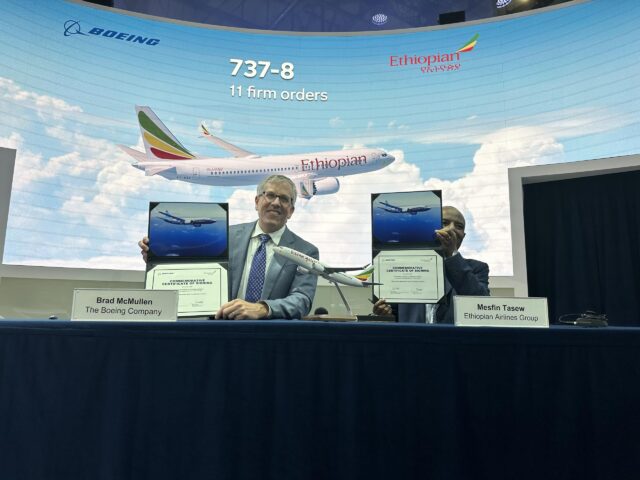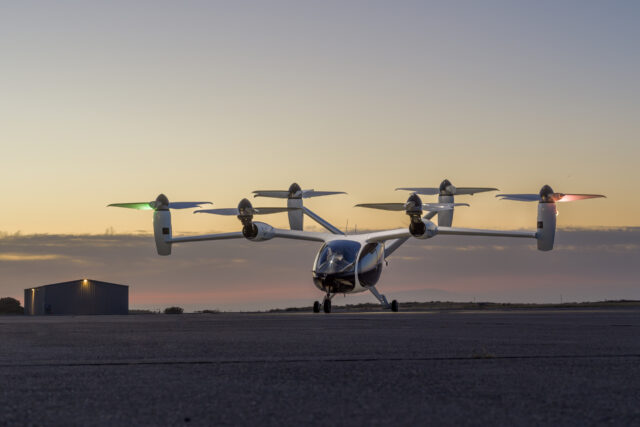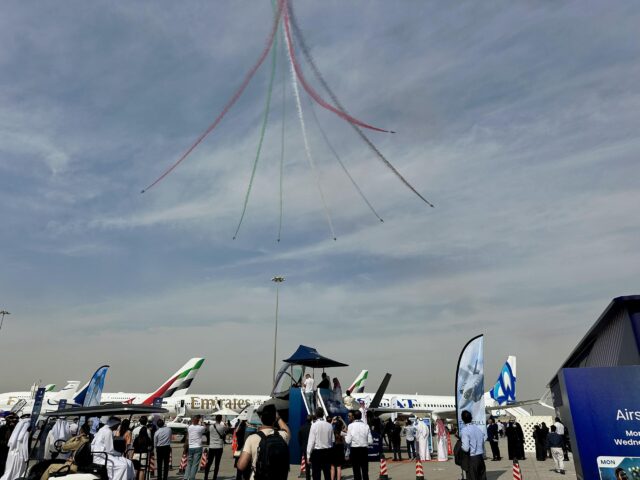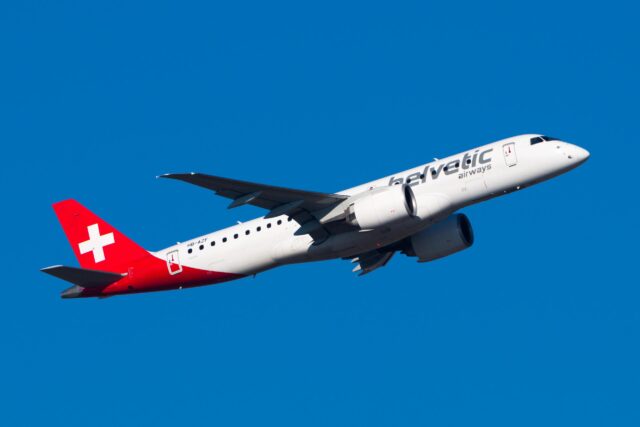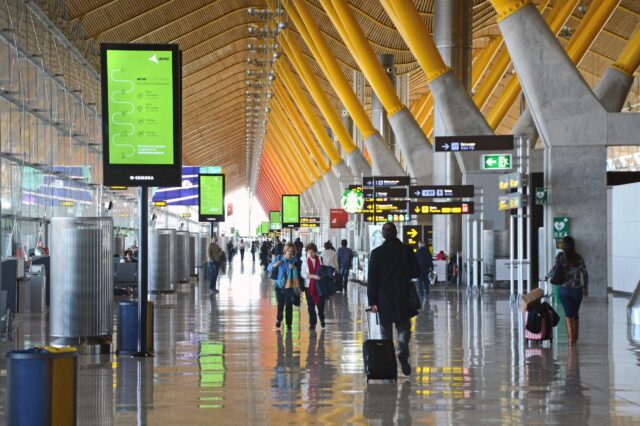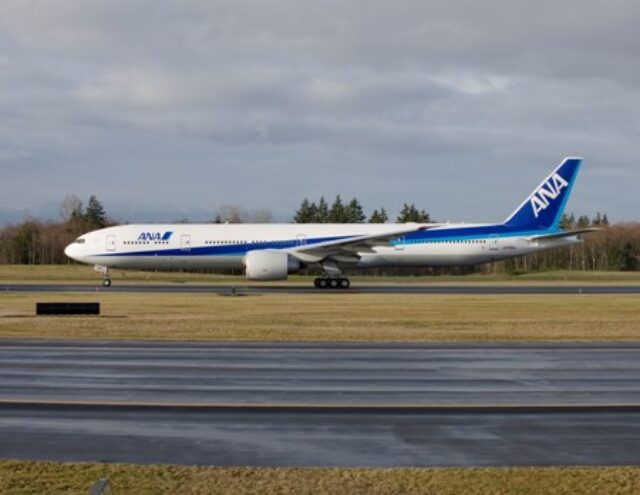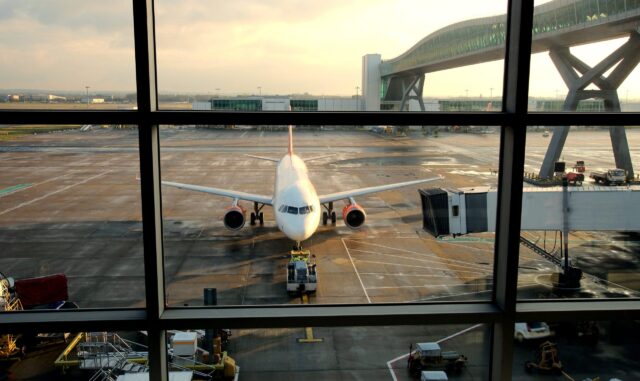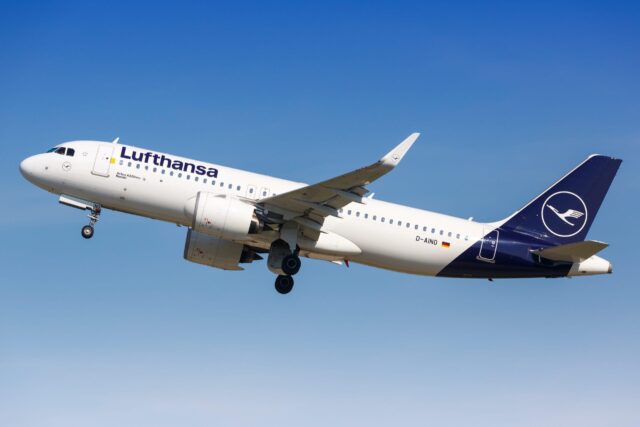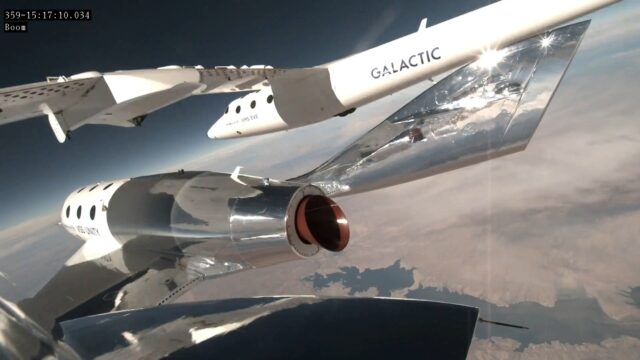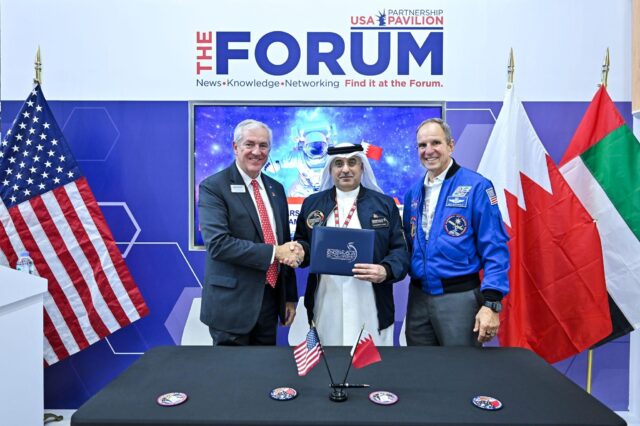MTU Aero Engines completes LH2 fuel system testing
September 23, 2024

German aircraft engine manufacturer MTU Aero Engines has reached what it terms “an important milestone on its path to zero-emission flight,” having completed the multi-week testing of its Flying Fuel Cell (FFC)’s liquid hydrogen fuel system.
The testing has validated the sensors and functions needed in the aircraft, explained senior vice president of technology and engineering advanced programmes at MTU. “This is an excellent starting point; it will let us offer an appropriate, reliable, and high-performing LH2 fuel system for a wide range of aircraft models”. Testing of a product-specific FFC will begin in 2026.
MTU Aero Engines is developing a complete liquid hydrogen fuel system for commercial aviation in conjunction with its partner, MT Aerospace, which is responsible for the liquid hydrogen tank. The first iteration of this was tested at MT Aerospace’s headquarters in Augsberg, using liquid nitrogen; deemed “easier to handle because of its physical characteristics”.
However, MTU’s testing involved liquid hydrogen itself. “The tests show that the system architecture is safe, reliable, and works as expected, so we can ensure a regulated, need-based supply of preconditioned hydrogen to the fuel cell,” explained FFC Chief Engineer Barnaby Law Dr. Günther Schullerer, director of future technologies at MT Aerospace, added: “Now that we have fully confirmed the functionality, we can focus our shared skills on lightweight engineering, integration concepts, and optimised space utilisaiton.”
